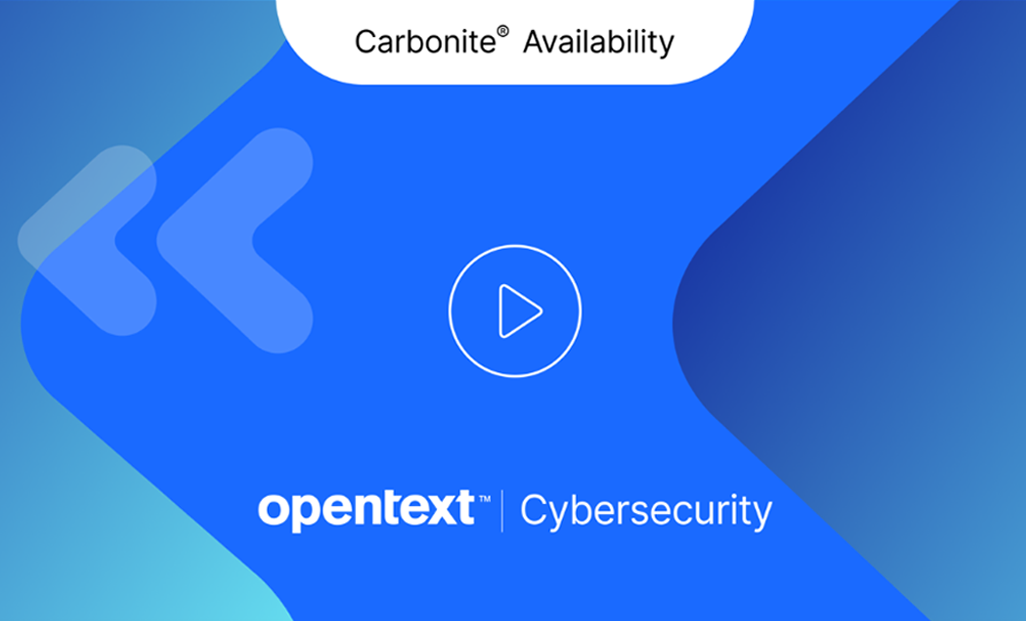
Seamless Data Protection with Carbonite
Ensure uninterrupted business operations with Carbonite. Keep critical systems online 24/7 with Carbonite Availability, swiftly recover from disasters with Carbonite Recover, and migrate workloads effortlessly with Carbonite Migrate. Protect your revenue, productivity, and brand with continuous data replication and secure cloud solutions.














